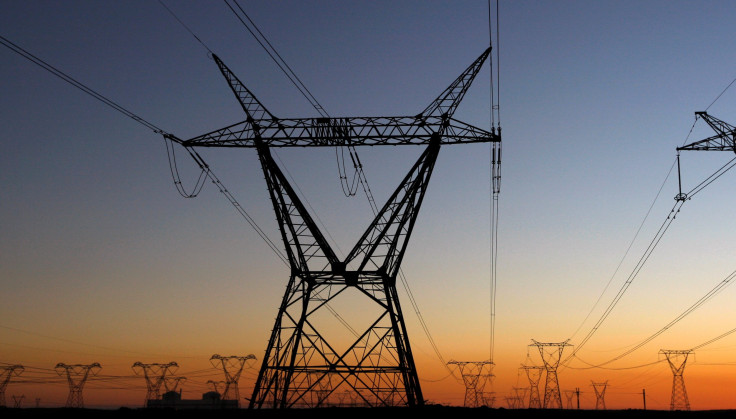Climate Change Impact On National Power Grid: US Electricity Network Could Need $180 Billion To Cope With Peak Demand, Study Finds

As climate change changes weather patterns around the world, including in the United States, where the risk of hurricanes is increasing as a result, it is poised to create havoc in the lives of many. And amid the estimates of the economic costs that will entail, a new study has highlighted the price the U.S. will have to pay to meet the demand for electricity as it peaks to deal with hotter days.
Published Monday in the journal Proceedings of the National Academy of Sciences, the study by researchers from the University of California, Berkeley, Stanford and University of Michigan, Ann Arbor, estimates the country will need to spend up to a whopping $180 billion on the national power grid by the end of the century to cope with the peak consumption of electricity.
Titled “Climate change is projected to have severe impacts on the frequency and intensity of peak electricity demand across the United States,” the study argues that existing literature on the topic “has shown significant increases in climate-driven impacts on overall consumption, yet has not focused on the cost implications of the increased intensity and frequency of extreme events driving peak demand, which is the highest load observed in a period.”
The researchers foresee an increase of 2.8 percent on average of the total consumption of electricity by the end of the 21st century, but they also predict a 7.2 percent rise in the peak load demand, assuming a scenario where the concentration of four greenhouse gases in the atmosphere is 4.5 times that of pre-industrial levels. When the modeling is done using a concentration of 8.5 times, the peak electricity demand goes up by 18 percent.
There is an associated cost difference between dealing with those two scenarios “because electricity cannot currently be cost-effectively stored at scale, [and] hour-to-hour variability in demand significantly impacts production costs. Because electricity planners in the United States often use reserve margins (capacity requirements above forecasted peak load) of 15 to 20 percent, the response of peak load to climate change will translate directly into increases in capital costs, even if the average generation impacts are not large.”
However, the paper suggests the economic impact on the power grid could be mitigated if the country increased its reliance on renewable sources of energy, instead of burning fossil fuels in a business-as-usual scenario. It suggests time-variable pricing of power as another possible solution to deal with burgeoning cost.
© Copyright IBTimes 2024. All rights reserved.




















